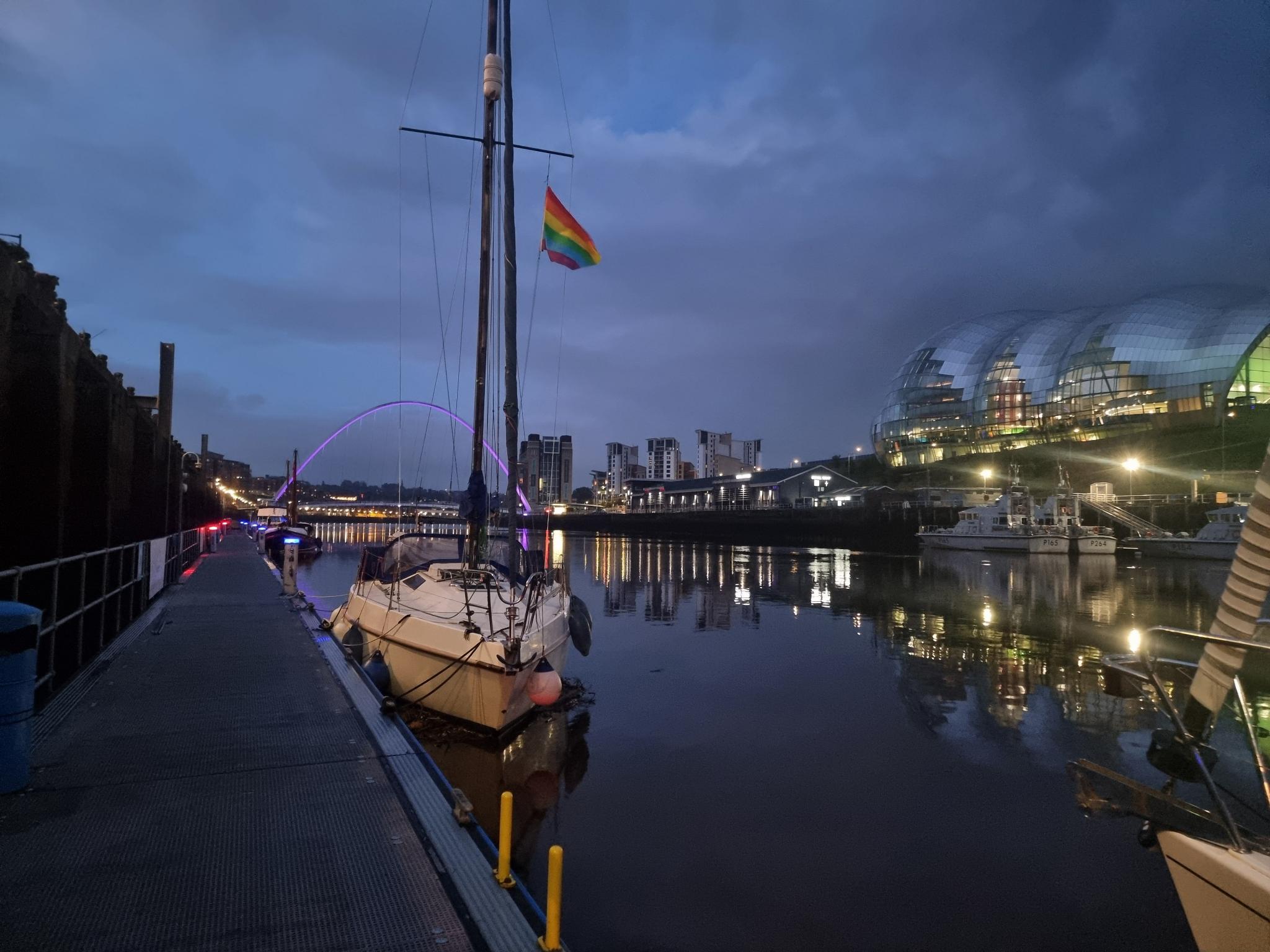Eilean Shona to Coll
Elapsed time
10h 2m
Avg. speed
2.8kts
Distance
28.3nm
Moving time
10h 2m
Max. speed
8.1kts
Arinagour, Argyll and Bute Council, Scotland, UK
Aug 18, 2025 - Aug 18, 2025
A gorgeous flat sail today. We were planning to only go as far as Sanna and take the next tide tomorrow with better winds, but as the passage was being so stress-free, we decided it would be better to carry on and anchor at midnight so I could get straight to work in the morning. The only stress on this passage came when we were pulling down the main a little before midnight, when we didn't shake out enough wind and it got stuck. But it was thankfully no real drama, as we were able to get it uncaught and down without too much hassle. Now, to carry on with my top tips for our Learn, Teach, Repeat challenge... Here are 5 more bits of great advice we've been given over the years (and we actually used on this passage): 6.) Apply more suncream than you think you'll need! Even on cloudy days, the sun's rays are doubly strong when out on the water, so make sure you're protected - especially around the face, neck, and ears. 7.) Night sailing sounds stressful, but it can actually be much easier to figure out what other ships are doing at night. To check if you're on a collision course, look for their nav lights - if you can see either the red or green, you're fine, but if you can see both, you should adjust your course to starboard. Remember, everyone is responsible for avoiding a collision at sea, and you should always give way to starboard if you can. 8.) If you have WiFi or any form of good signal, download as much as you can before leaving Port. Even if you're not going far. Offline charts can be literally life saving, and having some tv shows, movies, and music downloaded will make boring passages much more enjoyable. A bit like the shower advice in our last post, never assume you'll have signal on the water or at your next stop, so download whenever you get the opportunity. 9.) Write your ships log by hand. It doesn't have to be complicated; I just enter the time, our longitude and latitude, speed, and notes roughly every hour. Takes just a few minutes and if disaster ever struck, I feel good knowing I can always give a "last known" position if I ever needed to. Your ships log should also contain where you set off from and where you're going - and it's a good idea to update this if you change your mind during the passage. Best case, you never need it and it just becomes a nice record for you to look back on. Worst case, it could be the difference between life and death in an emergency situation. 10.) Inspired by the above - keep important information about your vessel written and stuck prominently near your VHF radio. At a minimum, this should include your boat name, MMSI, and callsign, ideally in phonetic spelling as well. It's also a good idea to keep a mayday/panpan template in the same area. Even if you think you know these things by heart, recalling this sort of information under pressure can be much harder than you expect, and having a cheat sheet makes it much easier to stay calm and relay the necessary information if/when you need to.
Boat & Crew

Sudana
Thames Marine, Mirage



